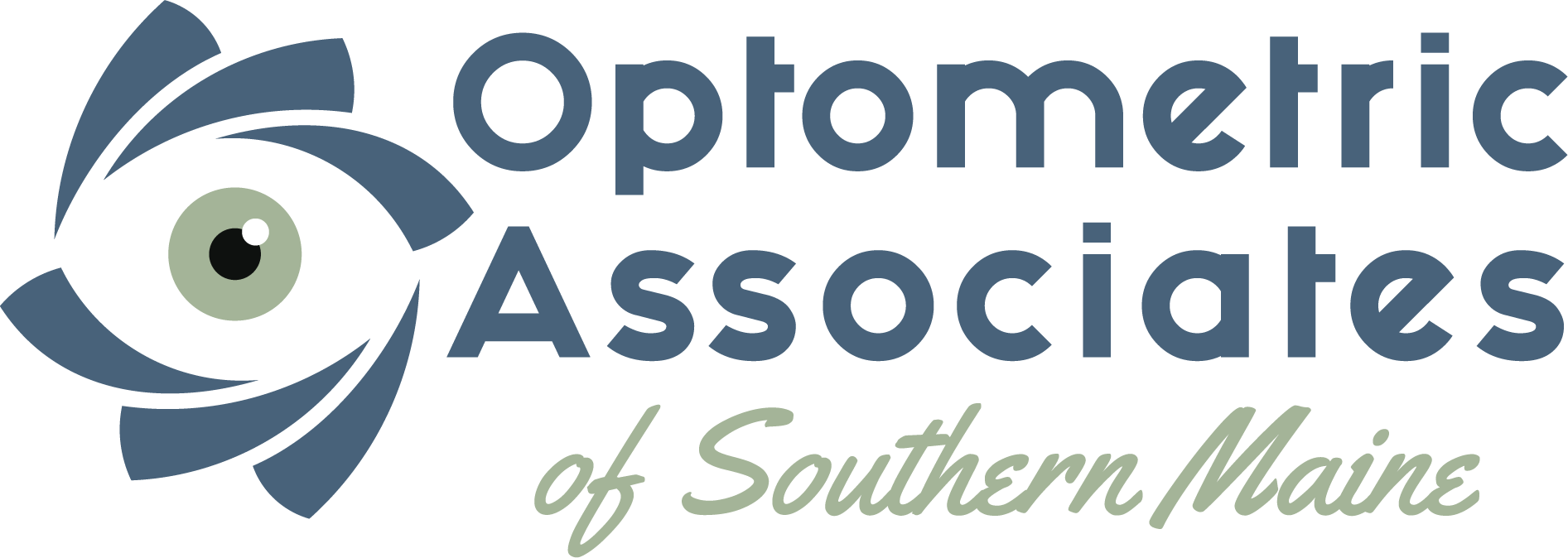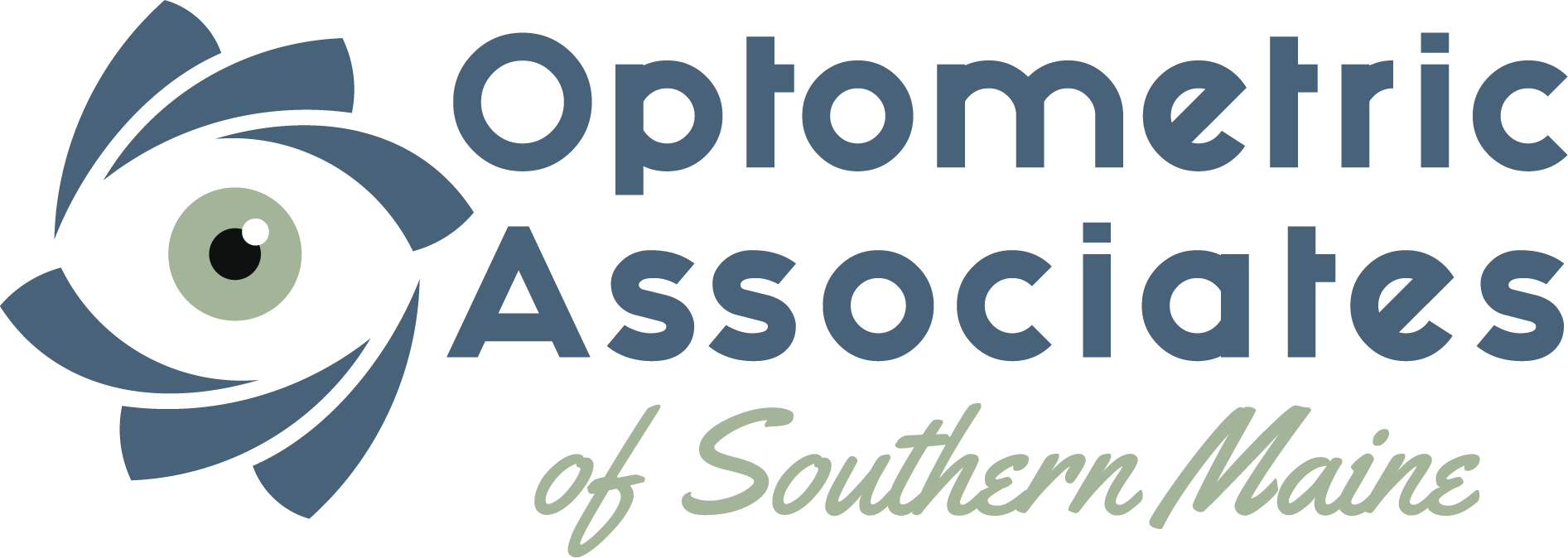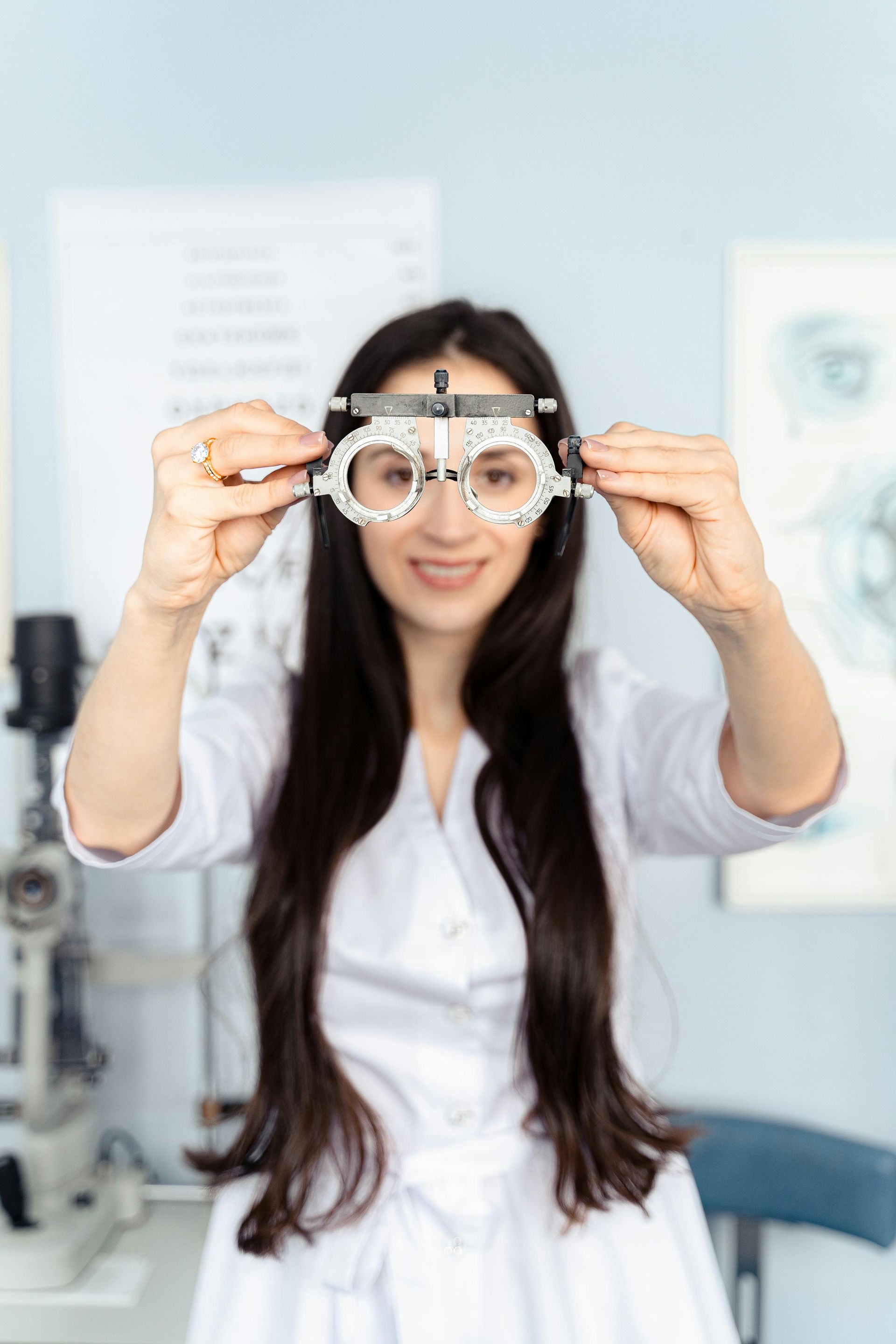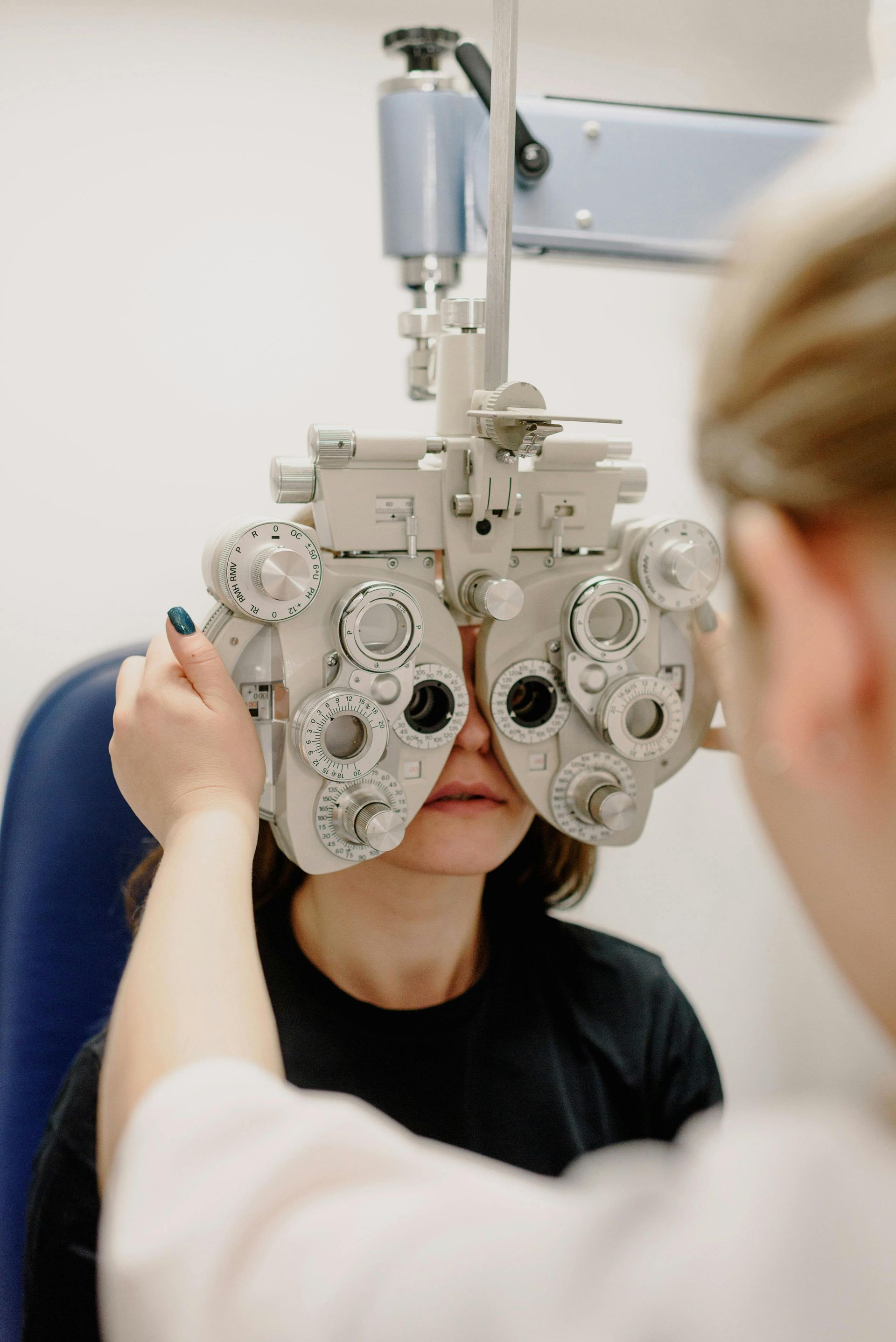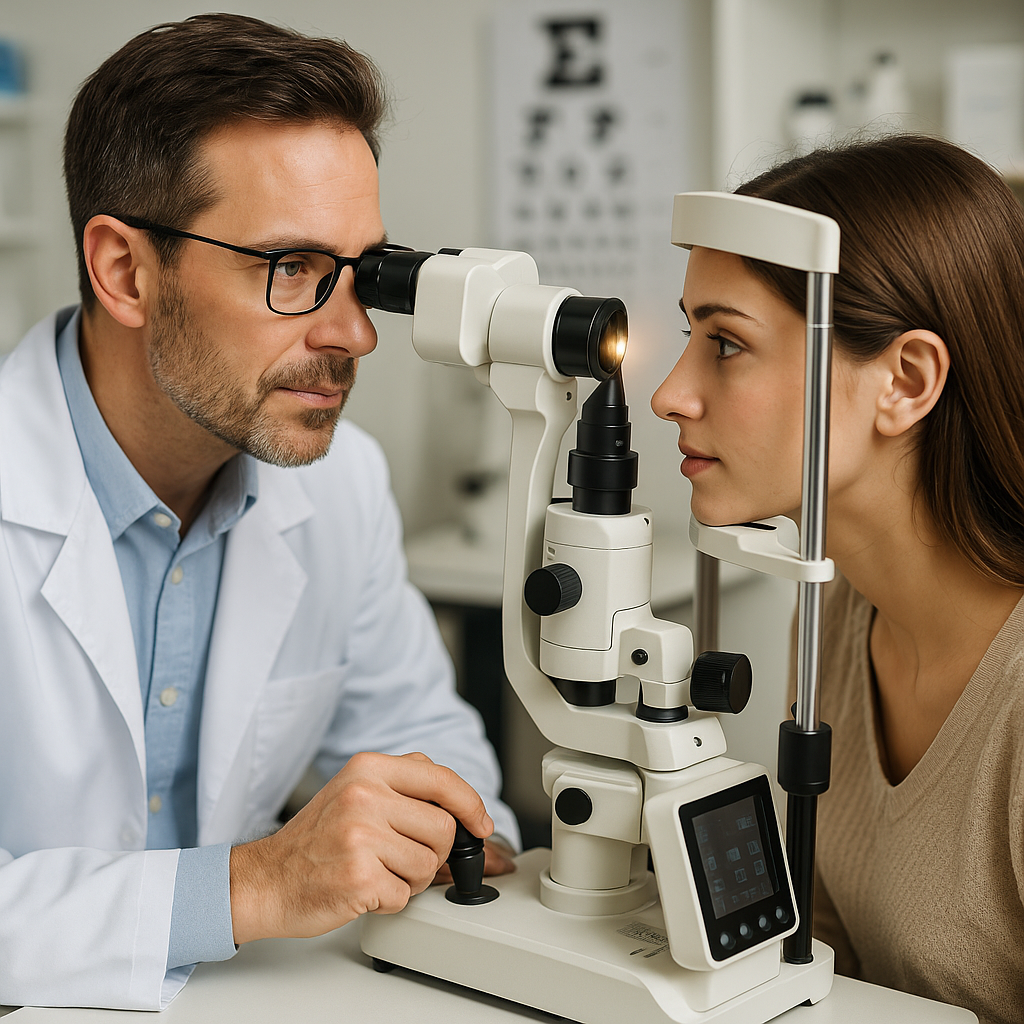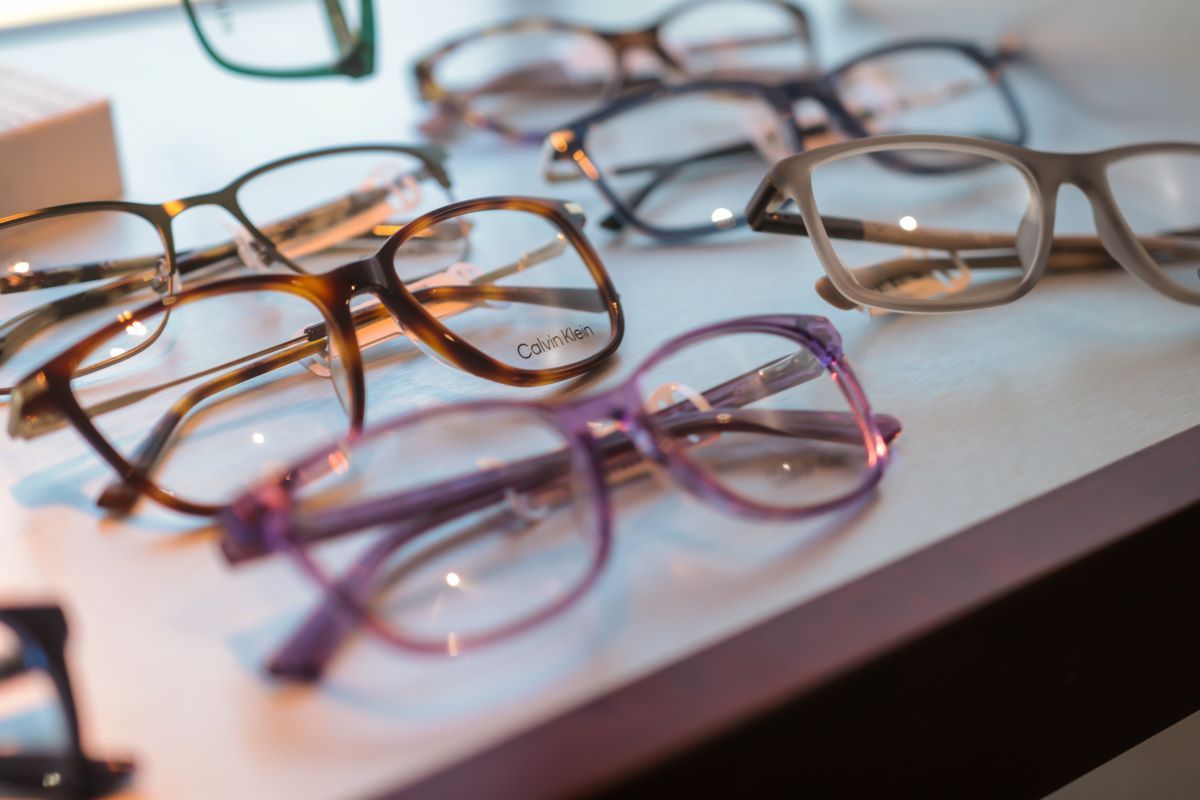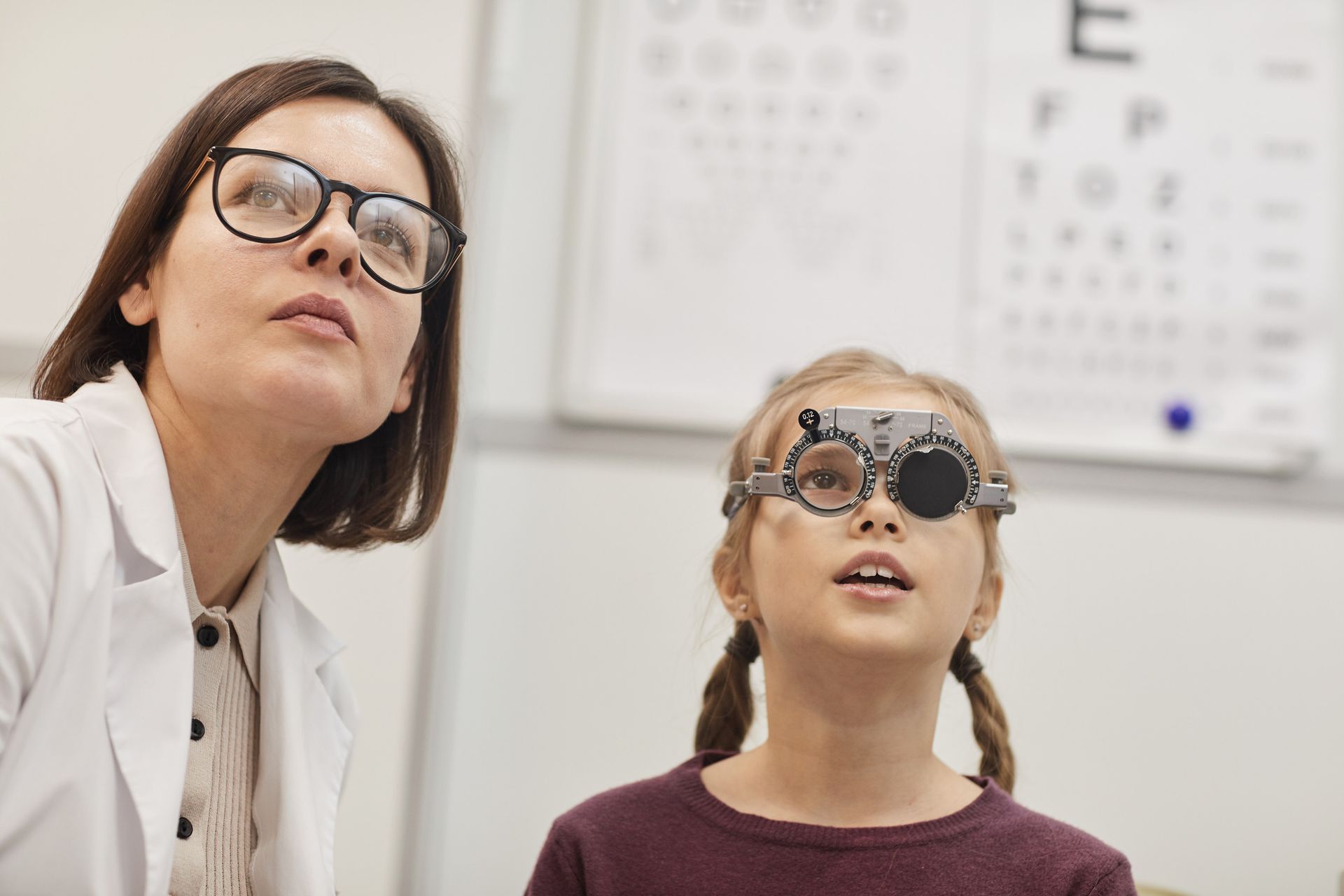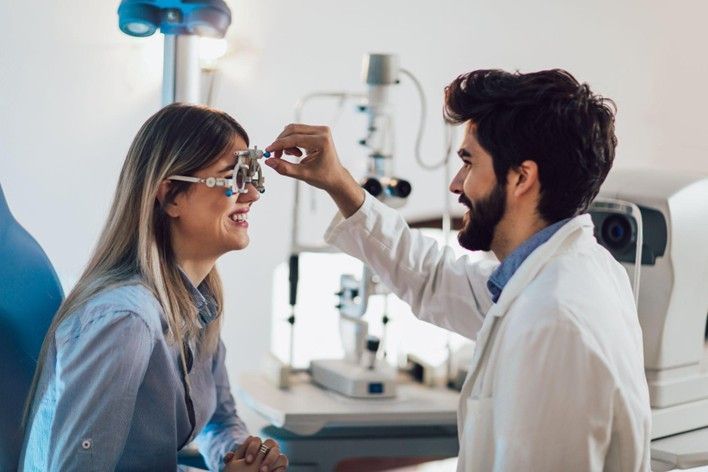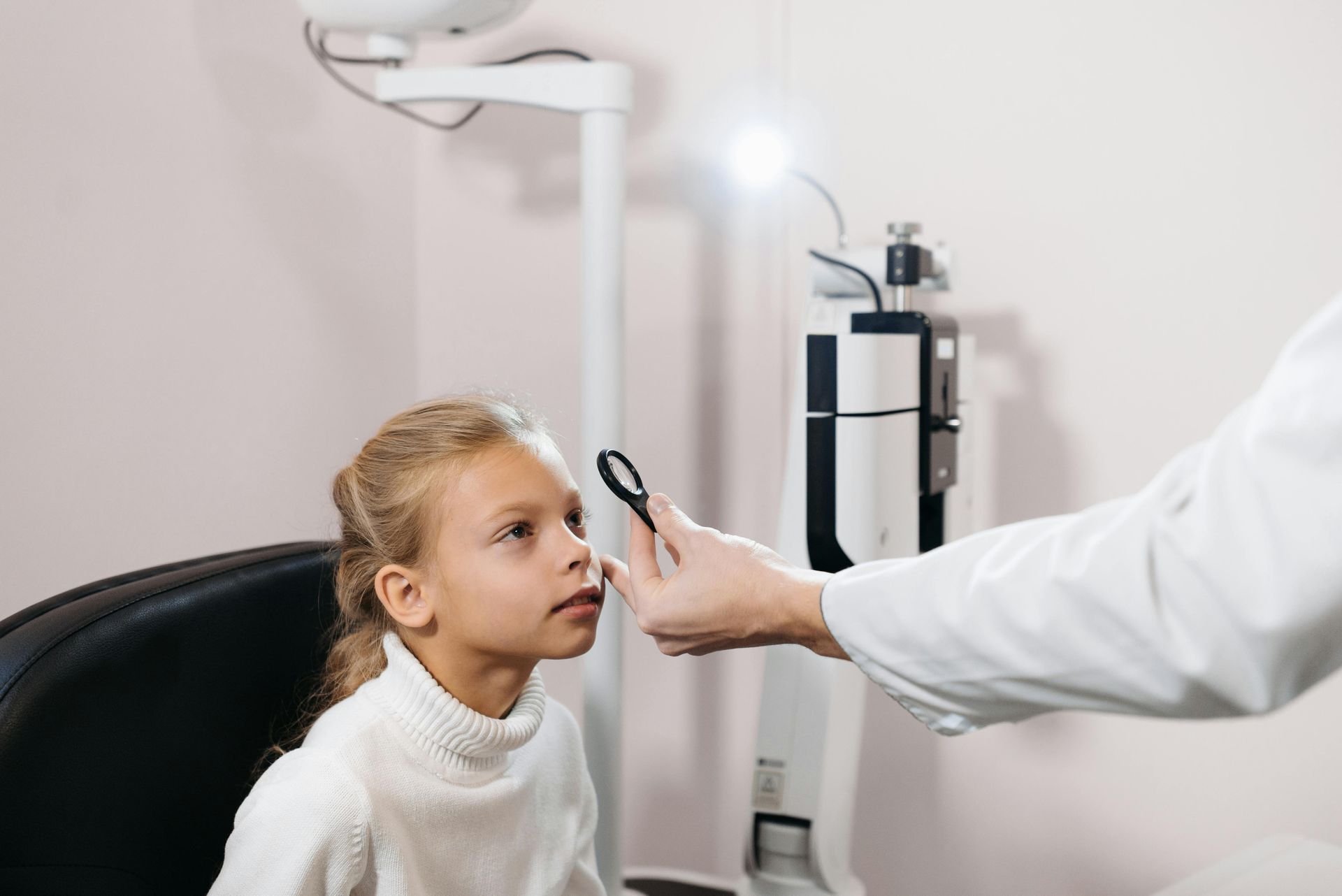Detecting Diabetic Retinopathy Early: The Role of Comprehensive Eye Examinations
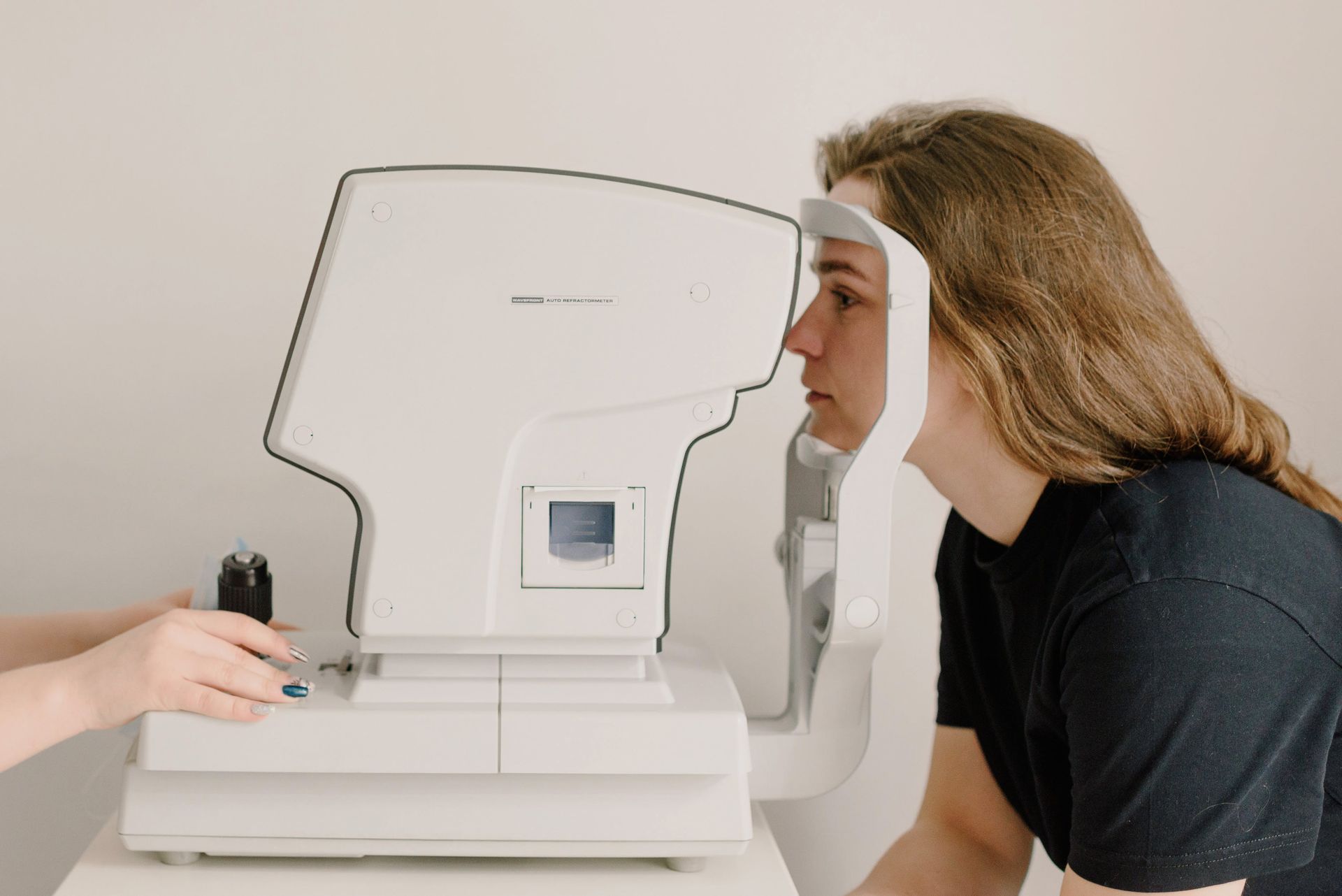
Detecting Diabetic Retinopathy Early with Comprehensive Eye Exams
Diabetic retinopathy is a serious complication of diabetes that affects the eyes and can lead to blindness if left untreated. One of the most effective ways to detect and manage diabetic retinopathy early is through comprehensive eye examinations. These examinations play a crucial role in preserving vision and preventing the progression of this potentially sight-threatening condition.
Continue reading to learn about the importance of detecting diabetic retinopathy early with eye examinations.
Understanding Diabetic Retinopathy
When blood sugar levels are high, they can harm the blood vessels in the retina, the light-sensitive part at the back of the eye, causing diabetic retinopathy. This damage can eventually result in vision problems and potential blindness. The likelihood of developing diabetic retinopathy goes up as diabetes persists, blood sugar control remains poor, and other factors like high blood pressure come into play.
The Silent Progression
One of the challenges with diabetic retinopathy is that it often progresses without noticeable symptoms in its early stages. Patients may not experience any pain or changes in vision until the disease has advanced. This silent progression underscores the importance of regular eye examinations for individuals with diabetes, even if they perceive their vision as stable.
The Comprehensive Diabetes Eye Exam
This is the most effective way to identify and address concerns before they lead to permanent harm. During these exams, your eye specialist will widen your pupils for a clearer retina view.
Let's break down what the American Diabetes Association (ADA) outlines in the four components of a regular diabetes eye examination.
Visual Acuity Testing
Using an eye chart, the doctor assesses your overall vision and determines if you need glasses, contacts, or an update to your existing prescription.
Tonometry
This test gauges the pressure in your eyes. Elevated pressure might indicate a potential risk for glaucoma, which comes in various types.
Retinal Imaging
An imaging device helps the eye doctor identify subtle changes in your eye health.
Dilated Eye Exam
After administering eye drops that enlarge your pupils, your eye specialist can inspect the back of your eye to identify any retinal swelling, leaking blood vessels, nerve damage, cataracts, and other eye conditions more prevalent in individuals with diabetes. This test holds paramount importance for those with diabetes.
None of these tests cause discomfort. If your eye specialist is unaware of your diabetes, they won't perform the necessary tests to diagnose diabetic retinopathy. When scheduling a comprehensive eye exam, let them know you have diabetes and need a dilated, thorough eye examination tailored for diabetic patients.
How Often Do You Need Eye Exams?
Health experts specializing in diabetes and eye care generally advise individuals with diabetes to undergo a thorough eye examination annually, meaning once each year. Your healthcare and insurance providers will likely assume you need yearly exams.
However, there's a potential exception to this general guideline. If your past examinations have shown no signs of diabetic retinopathy and your blood sugar levels are well-managed, the American Diabetes Association (ADA) suggests that, with the agreement of your eye specialist (optometrist or ophthalmologist), you might be able to extend the interval between comprehensive eye exams to up to two years.
In cases with a history of retinopathy, your eye specialist will recommend more frequent exams, exceeding the standard once-a-year frequency.
Schedule your comprehensive eye exam with Optometric Associates of Southern Maine today for optimal eye health and vision. Our experienced optometrists provide thorough assessments, ensuring the early detection of issues like diabetic retinopathy. Don't compromise on your vision—book your appointment now to experience personalized eye care that prioritizes your well-being.
